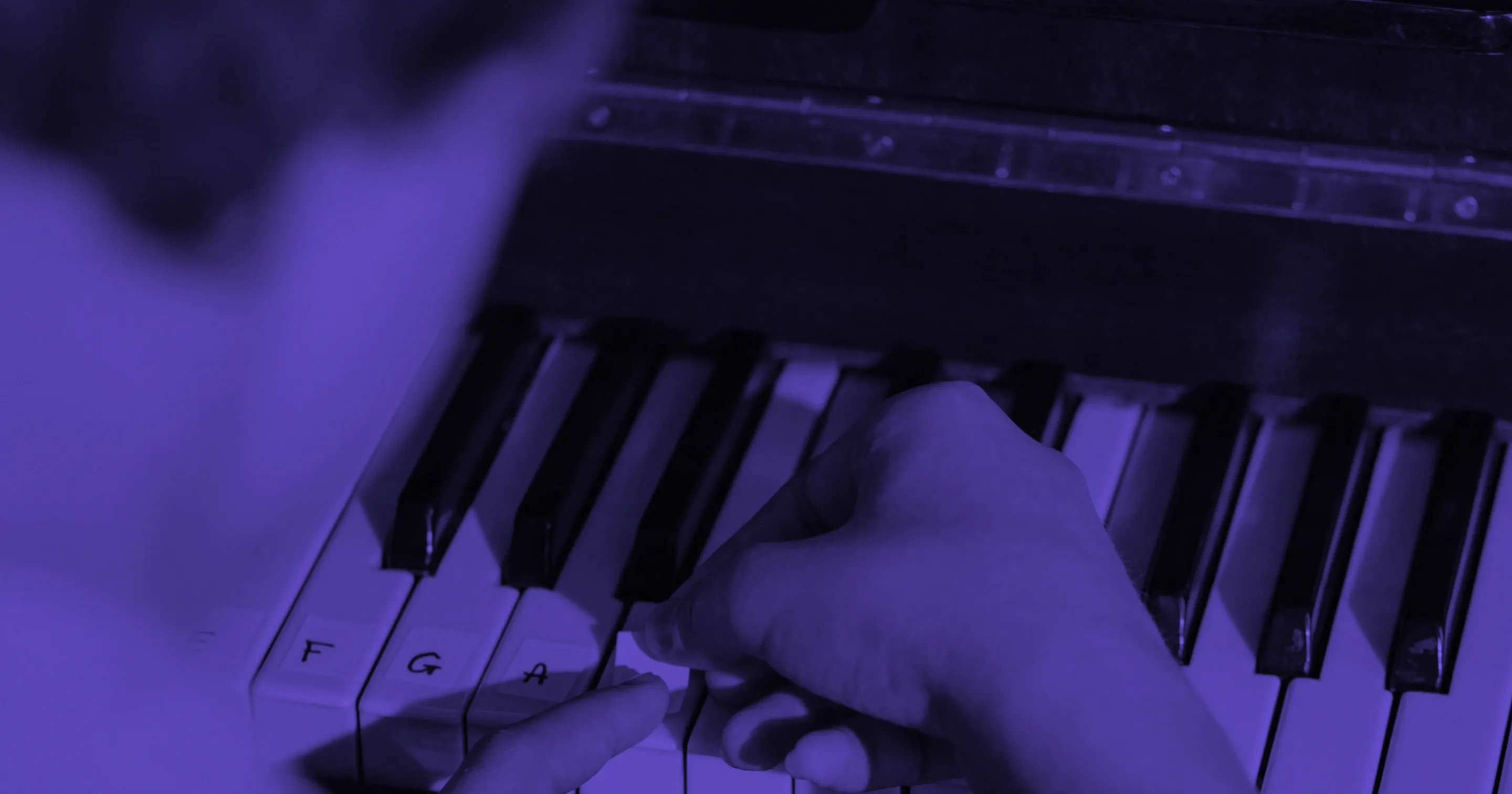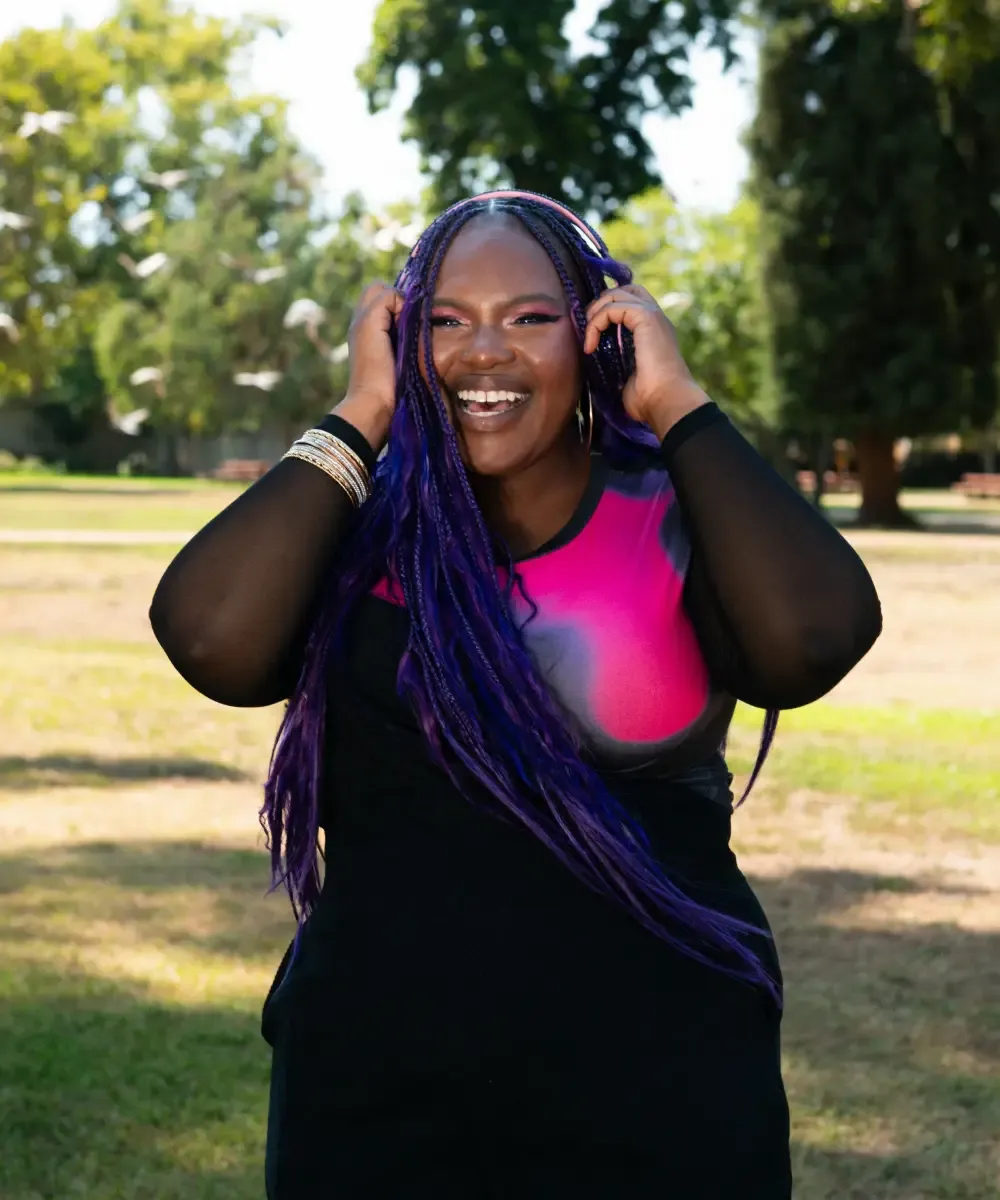
The Dorian Mode: Unlocking Its Melodic & Harmonic Potential
Master the Dorian mode! Explore its unique blend of minor and major qualities, theoretical construction, and practical application in songwriting.
Introduction
The Dorian mode holds a special place in music because of its intriguing blend of minor and major qualities. It's neither purely sorrowful like the natural minor nor overtly joyful like the major. Instead, it offers a sophisticated, often soulful, sound that works well across various genres.
In this article, we’ll cover the theoretical aspects of the scale, as well as its practical applications in your music. If you’re new to modes as a concept, we have the article Master Music Modes, which covers the foundation of modes. Here, we’ll only focus on the popular Dorian mode.
Who This Article Is For:
Deconstructing the Dorian Scale: Theory & Construction
Understanding the Dorian mode begins with grasping the foundation of music modes theory. Two primary ways to approach its construction are its relationship to a parent major scale or its unique intervallic formula.
The Parent Major Scale Relationship (The Easiest Starting Point)
The most straightforward and often most intuitive way to grasp the Dorian mode is to understand its direct relationship to a major scale.
Now, if we start this same sequence of notes from its second degree, which is D, we get: D - E - F - G - A - B - C - D
This sequence of notes is the D Dorian scale. Notice that it uses all the same notes as C Major but shifts the tonal center (or"root") to D, creating an entirely different harmonic and melodic character.
The Intervallic Formula: Building from Scratch
While the parent major scale method is great for conceptualizing, understanding the intervallic formula allows you to build a Dorian scale from any starting note (root) without first thinking about its parent major.
The Dorian mode's formula, in terms of whole (W) and half (H) steps, is: Whole - Half - Whole - Whole - Whole - Half - Whole (W - H - W - W - W - H - W)
Let's compare this to the major and natural minor scales to truly appreciate Dorian's unique identity. We’ll do this in a D key signature:
Despite being structurally related to the major scale from which it's derived, the Dorian mode is rarely utilized in that relationship. Instead, D Dorian is more commonly applied within the harmonic contexts of D minor or D major, as opposed to its theoretical parent scale, C major.
The Crucial Difference: The Raised 6th
Compare Dorian to the natural minor scale. Both have a minor 3rd, a perfect 4th, a perfect 5th, and a minor 7th. However, the Dorian mode has a major 6th (P6), while the natural minor has a minor 6th (m6).
This raised 6th degree is the"flavor note"that defines the Dorian sound. It brightens the otherwise minor quality of the scale, preventing it from sounding purely sad or melancholic.
The distinctive character of the Dorian mode stems from the combination of its minor third and its major sixth. The minor 3rd establishes a minor tonal foundation, yet including the major 6th – an interval generally associated with major scales – adds an inherent brightness and an uplifting quality uncharacteristic of typical minor modes. This gives the Dorian mode elements of both major and minor tonalities.
This creates a compelling balance – a sense of melancholy with a hint of optimism – making Dorian incredibly versatile for conveying nuanced and complex emotions. Depending on the context and instrumentation, its character can range from jazzy and funky to contemplative, driving, soulful, or even exotic.
Blending the Dorian mode with the natural minor scale ( Aeolian ) helps create more sophisticated and interesting choices for melodies and chords.
Constructing Dorian Mode in Various Keys
Let's use the Dorian interval pattern. We’re already familiar with Dorian, with D as its tonic.
D Dorian:
G Dorian:
A Dorian:
Try constructing the Dorian scale variations for E, F, and B using the whole and half steps formula.
The Importance of Identifying Intervals
Theory is crucial, but your ear is the ultimate guide. Actively listen to Dorian modes used in popular songs and melodies. Try singing the major 6th against a minor chord or a Dorian bassline. The more you internalize the sound, the more naturally you'll use it.
Our Ear Training article helps you master interval recognition by associating each ascending and descending interval with famous, memorable melodies.
When to Reach for Dorian (and When Another Mode Might Be Better)
Knowing when to deploy Dorian is key to its effective use.
Dorian excels in:
When another mode might be preferable:
Dorian Mode Chords: Harmony & Chord Progressions
The chords built within the Dorian mode unlock its harmonic potential, providing unique progressions and voicings contributing to its distinct sound.
Understanding the Roman Numeral System
Before looking at the Dorian mode chords, it's crucial to understand how the Roman numeral system works. This system for labeling chords uses the Ionian mode as its universal foundation or point of reference. The quality of the chords built on each degree of the major scale (major, minor, or diminished) determines the standard notation.
When analyzing music in other modes, we label the chords based on how they compare to the Ionian foundation. For example, the Dorian mode has a sharpened 6th degree. In D Dorian, the sixth note is B-natural, creating a D diminished chord. In the D Ionian scale, the sixth note is B flat, making a Bb major chord.
Because the sixth chord in Dorian has a root that is raised (or"sharpened") relative to the Ionian scale, it is labeled as a #vi° (sharp 6th). The sharp symbol indicates the altered root, and the lower numeral shows its minor quality.
This notation only makes sense because we are comparing it to the standard (un-sharpened) IV chord from the Ionian mode.
Chord Qualities within the Dorian Mode
Like traditional scales, we can build triads and 7th chords on each degree of the Dorian mode. Let's use D Dorian as our example:
Crucial Point for Dorian Chord Progression
Dorian Mode Chord Progressions
These progressions highlight the unique sound of Dorian harmony:
This is the quintessential Dorian progression. The move from the minor tonic to the major IV chord is instantly recognizable and effective. It’s frequently used in funk, rock, and pop.
In this instance, we get two signature sounds of the Dorian mode by using the major IV and the minor ii.
This progression showcases the minor dominant chord, providing a slightly less resolute feel than a major V. Adding a 9th to the dominant chord increases harmonic sophistication.
Here we’re really adding a major quality within this minor context by using a major IV and major 7 on the dominant scale degree.
Within D dorian, this is a rather melancholy chord progression. While we use the major 6th, it’s in the context of a minor chord, making this chord sequence feel particularly heavy.
This progression offers an introspective feel, often found in rock and pop.
Simple but effective for establishing the minor tonic with a slight modal flavor.
Popular Songs in Dorian Mode
Theory comes alive when you hear it applied in real music. The Dorian mode has shaped countless unforgettable melodies and grooves across a vast spectrum of genres. Here we’ll see good examples of emphasizing the chords that characterize the Dorian mode.
“Stayin’ Alive” - by Bee Gees
This song is in F dorian – the opening section centers around the i-iV chord progression.
The final chord of the verse lingers on the major IV chord (Bb), emphasizing its major tonality.
“Mad World” by Tears for Fears
In the verse to Mad World, the IV chord completes the chord progression, resulting in an IV-i cadence, and the progression repeats. Ending a phrase this way is a great way to draw attention to that raised 6th note, compared to the more traditional V-i cadence, which offers a different resolution.
“Wicked Game” by Chris Isaak
Chris Isaak's"Wicked Game", set in B Dorian, immediately establishes a melancholic mood with its opening B minor chord, firmly rooting the song in a minor tonality. However, the subsequent A major chord (the VII chord) offers a striking juxtaposition to this initial somber tone. Finally, the progression beautifully resolves to an E major chord (the IV chord), creating a sense of longing that is combined with a sense of brightness and hope. This mood often defines the Dorian character.
“Riders on the Storm” by The Doors
The Doors' iconic track"Riders on the Storm"famously uses the E Dorian mode, giving it a distinctive, ethereal atmosphere. The song perfectly outlines the mode's characteristic minor yet subtly uplifted sound. This blend creates a captivating sense of melancholic journeying, making the song feel both introspective and endlessly drifting.
It contains both the Major IV and the minor ii chord (instead of the diminished ii chord, which is diatonic to the natural minor scale).
“Uptown Funk” - Bruno Mars
Mark Ronson and Bruno Mars’ “Uptown Funk” delivers its undeniable groove in classic funk fashion, primarily cycling between the minor tonic and the bright, driving major subdominant chord (i-IV). This simple yet incredibly effective Dorian progression creates the infectious push-and-pull central to funk music, showcasing how these two chords are the absolute cornerstones of the genre's signature sound.
“Moondance” by Van Morrison
Here, the major 6th note is highlighted in the ii chord, another standard harmonic device in Dorian mode to establish its unique characteristics. The song alternates between the minor tonic and the minor supertonic.
Conclusion: Mastering the Dorian Mode
Here are the key takeaways about the Dorian mode:
Think of music theory as a map, not the territory itself. Use this knowledge as a springboard for endless creative exploration. Continue to practice the scales, experiment with new chord progressions, and, most importantly, listen actively to how the Dorian mode breathes life into the music you love.
The more you immerse yourself, the more naturally the Dorian mode will become a powerful and expressive tool in your musical arsenal. Embrace the freedom to experiment, and let the unique voice of Dorian elevate your music.
Your Music, No Limits.
Join the Waitlist